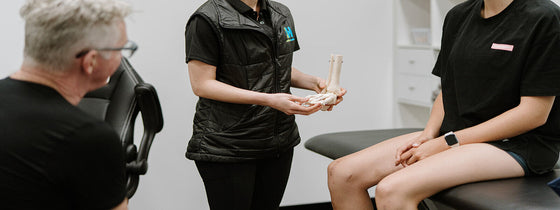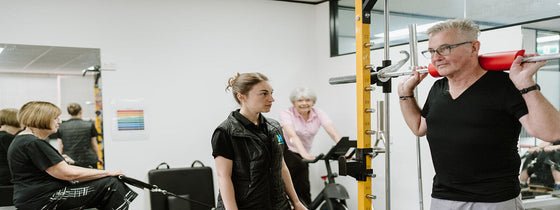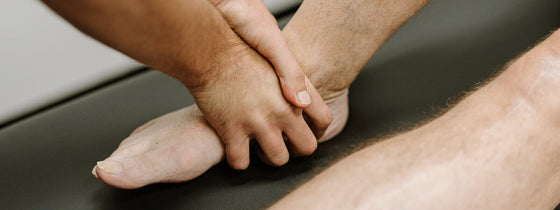Self myofascial release (SMFR) is a form of self treatment/massage performed on the individuals body, by the individual themselves.
This is mainly conducted through the usage of tools such as; foam rollers, spikey balls, lacrosse balls etc.
Should I be doing my own SMFR?
Yes, most definitely! For every minute we spend training hard, we must recover just as equally. A main form of recovery is staying on top of/restoring healthy soft tissue quality and joint range of motion.
SMFR is the best way to achieve this.
By doing so we are enabling our bodies to get back to peak performance sooner rather than later. Leading to an increase training performance and reduced risk of injury.
But please, if you are finding yourself constantly having to roll out or spikey ball out the same aches and pains, then please book yourself in with an OHL practitioner in order to get to the roots of your discomfort.
Because if you’re finding your foam roller has not fixed it yet, it probably won’t.
Is there a right and wrong way to do it?
Essentially, any SMFR is better than no SMFR, there is also no right or wrong way. More so there are simply more or less effective ways of performing SMFR.
A rule of thumb being, pain must be below 6-7/10 (10 being the worst thing you have ever felt).
At OHL we have all of the SMFR tools you will need for your own self-care. So feel free to drop in if you are new to self-care, our lovely staff will help point you in the right direction.
Can I be getting more out of my SMFR?
Most definitely. Everybody has different body types. Therefore a tailored approached to SMFR is great way to ensure we are getting the most out of our time.
A great way to achieve this is by running through a Functional movement screen (See previous blog). From here a greater understanding of each individual needs is obtained, and a tailored approached can be made.

If you're experiencing back or neck pain with neurological signs and symptoms, a thorough neurological examination is crucial for accurate assessment and effective treatment. In this Optimal Tip learn more about what we mean by completing a neurological exam!

Squats, deadlifts, and calf raises are key movement patterns that should be part of every strength and conditioning program—regardless of age and activity level. These functional movements support joint health, improve posture and balance, and reduce the risk of injury while building strength where it matters most.

A ganglion cyst is a fluid-filled swelling that typically forms over a joint or tendon sheath, causing discomfort and pain, especially when pressing against nerves or joints. Proper assessment and treatment, including physiotherapy, are essential for managing symptoms and improving function in the presence of a ganglion in your hand, foot, or wrist.